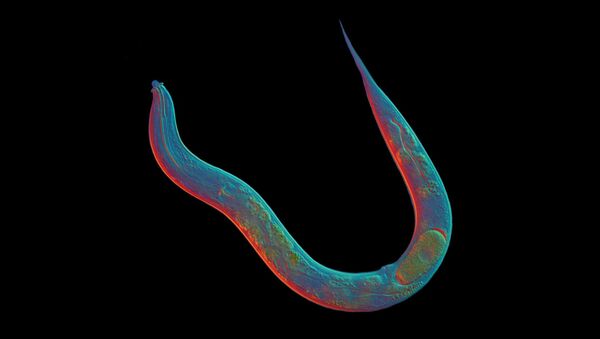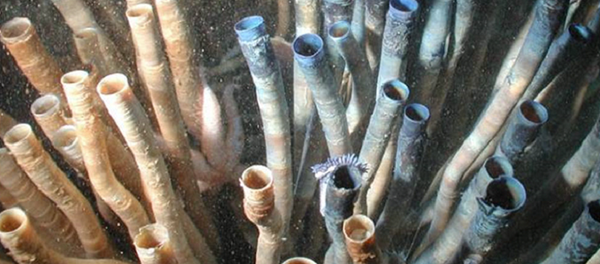The research, conducted by geneticists at New York City’s Center for Genomics and Systems Biology and Duke University's Center for Genomic and Computational Biology, has been published in the journal Current Biology.
The tiny roundworm, Diploscapter pachys, has a lineage going back approximately 18 million years and is closely related to the Caenorhabditis elegans, an organism widely used in biomedical research. However, unlike C. elegans, D. pachys is asexual.
"Scientists have been trying to understand how some animals can survive for millions of years without sex because such strict, long-term abstinence is very rare in the animal world," one of the authors of the study, Professor David Fitch from New York University, was quoted as saying by Science Daily.
Inheriting copies of both parents’ genes provides protection against deleterious mutations in the short-run and allows for successful adaptation in the long-run because it produces genome variations through recombination. As for asexual species, such reshuffling does not occur and as a result they tend to rapidly become extinct. The recent study has shed light on how some asexual animals have survived for many generations, according to Fitch.
Having examined how D. pachys reproduces, the research team found that the process of producing germ cells had been modified to prevent recombination that results from sexual reproduction.
What is even more interesting, researchers have found that D. pachys had a single pair of chromosomes while its close relatives usually have five to seven chromosomes. D. pachys fuses the sex chromosomes of its ancestor into a single chain, avoiding the recombination of genes. This is why offspring maintain the genetic diversity of the parents, according to the study.
"Thus, the mystery of its longevity seems largely resolved: D. pachys overcomes the disadvantages of asexual reproduction by maintaining genetic variation…. If there were [recombination of genes], the differences between the gene copies might be lost," Fitch said.



